The AA is adding 30 full-electric and plug-in hybrid electric vehicles (PHEVs) to its low-carbon roadside service fleet.
In December, the UK motoring organisation adopted 15 battery electric vehicles (BEVs) and 15 PHEV Ford Transit Customs into its roadside service fleet.
This will be the first major trial of plug-in vehicles for roadside assistance vans conducted by the AA, with the vehicles operating across the country, including Birmingham, Bristol, Glasgow, Nottingham, Liverpool and London.
“The famous yellow van has seen countless improvements over the decades, but few innovations can be more important than the latest,” said Duncan Webb, AA’s head of fleet.
The vans will undergo a series of structured tests while in use in ‘real-world’ conditions, which will include the practicality of home and strategic charging, efficiency tests when laden with patrol technical equipment, core stock and recovery equipment whilst retaining a focus on customer and patrol comfort.
All patrols in the trial will have chargers installed at home to enable both home and on-the-go charging supported by Rightcharge.
Both models of the Ford Transit Custom will be capable of towing with the PHEV van having a full compact recovery trailer (CRT) set-up.
The BEV model has a range of up to 236 miles, but initial usage predicts a range (which includes towing) of about.120 miles
The AAs Fleet Engineering team has worked extensively with suppliers FordPro, and Bri-Stor Systems to develop a vehicle that meets the required objectives.
All involved are confident that the end product will mean cleaner, smoother and a more efficient product that also ticks all the boxes for its roadside patrols.
By the start of 2025, more than 50 zero or low-emissions vehicles will be included in AA’s ‘test and scale’ trials across our van and truck fleet.
The vast range of applications vary from mobile mechanics workshops to AA Key Assist workspaces to roadside patrol vans to a slide-bed recovery trucks.
This latest move signals the AAs commitment to reduce its emissions by further expanding its ‘test and scale’ approach which saw them add a trio of full electric recovery vehicles to its 240-strong recovery fleet in May this year.
Webb said: “The famous yellow van has seen countless improvements over the decades, but few innovations can be more important than the latest, which sees our ever-reliable fleet of Ford Transit Customs begin its transition to BEV and PHEV.
“The performance of the low-emissions vehicles we launched earlier this year continues to achieve or exceed our expectations.
“The results, so far, have proved that our ‘test and scale’ approach remains, for us, the most common-sense way of tackling what are unprecedented challenges.
“The performance of our fully electric Volvo FE Slidebed has not only provided a unique driving experience for our expert patrols but has delivered exceptional mileage range in all conditions.
“The same can be said for our Iveco eDaily Powerload and Iveco eDaily crew vans equipped with a heavy-duty Compact Recovery Trailer (CRT).
“These vehicles became the first operational EV recovery trucks of their kind in the UK, and the early signs are very encouraging.”
He added: “If current trends shown in our ‘test and scale’ approach continue, our strategy could prove pivotal in moving The AA move ever closer to achieving its goal of becoming a net zero organisation by 2035.”
One of the UK’s most experienced and knowledgeable fleet leaders, Webb has played a key role in the management of the country’s two biggest fleets – Royal Mail and BT – during his 25-career in fleet.
Now fleet director at the AA, where last year he collected the Fleet News Award for fleet of the year – more than 1,000 vehicles, Webb brings his distinct brand of fleet management – focusing on risk management, compliance and people – to one of the more eclectic operations, with 9,000 assets spanning driving school cars to breakdown recovery trucks and mobile repair vans. Read our interview with the AA’s head of fleet.
AA releases video to showcase shift from 1950’s Land Rovers to EVs.



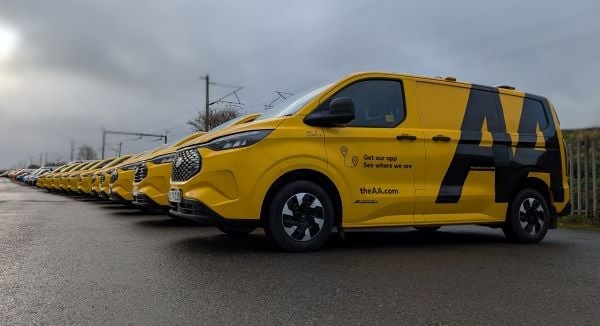








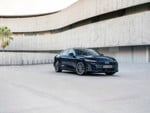
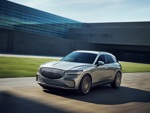
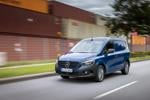



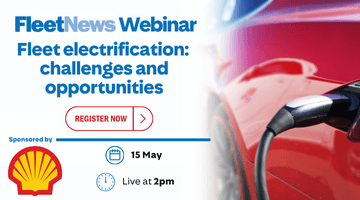


Login to comment
Comments
No comments have been made yet.